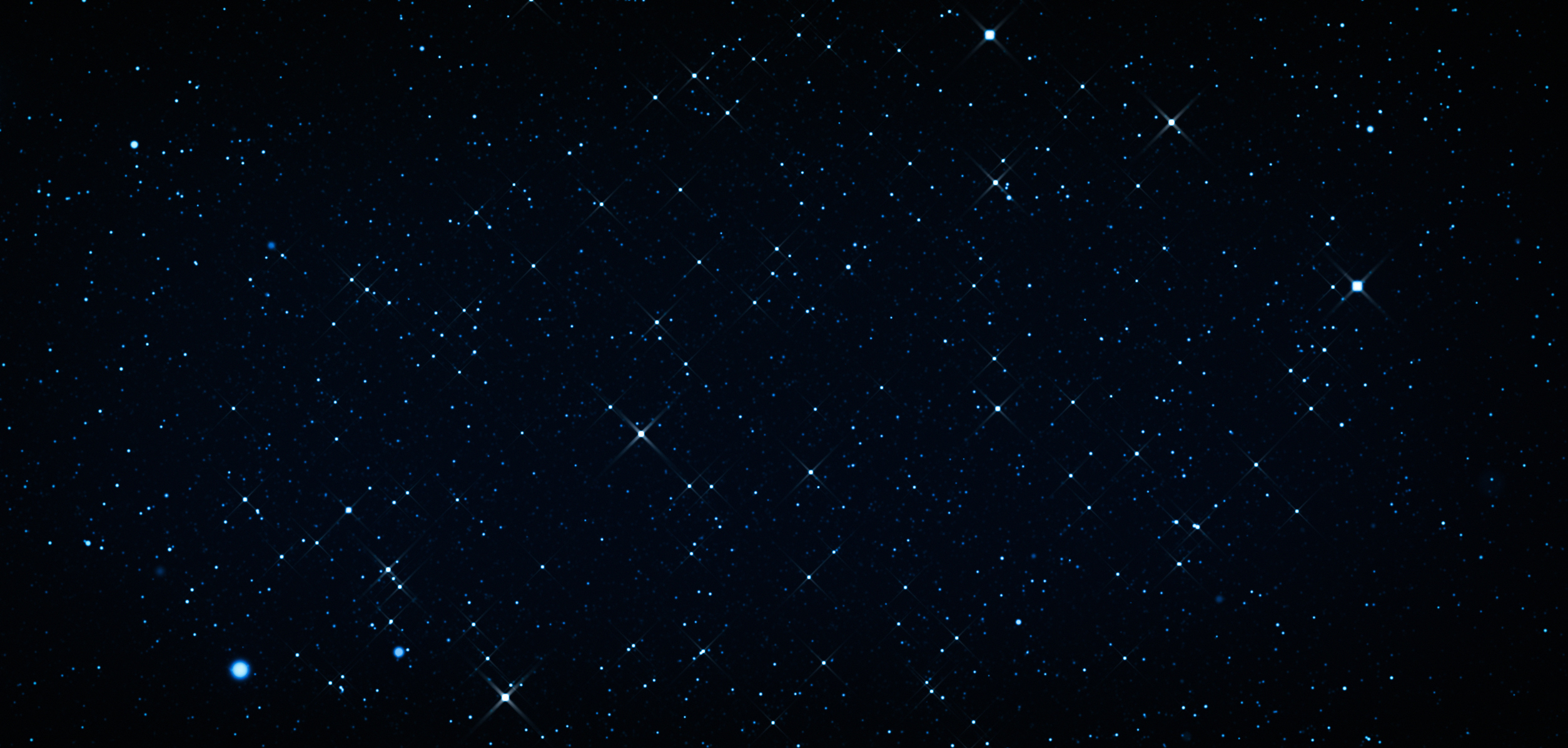Astronomers have identified an unexpected chemical link in the life cycle of ageing stars, uncovering a clear correlation between lithium-rich red giants and enhanced helium levels, according to the Ministry of Science & Technology. The findings, based on observations from the Himalayan Chandra Telescope in Ladakh and archival data from global facilities, offer fresh insights into how cool giant stars evolve along the red giant phase.
Helium, the second most abundant element in the universe, is crucial for determining the chemical makeup and evolutionary path of stars. But in cool stars, including the Sun and red giants, helium cannot be measured directly because their surface temperatures are too low to produce visible helium spectral lines. Instead, astronomers infer its abundance by studying how hydrogen and helium proportions influence a star’s internal structure and the behaviour of other observable elements. A decrease in hydrogen, for instance, proportionally enhances helium.
Researchers at the Indian Institute of Astrophysics measured hydrogen levels by comparing magnesium obtained from atomic and molecular spectral lines. Any variation from the standard hydrogen value was then converted into corresponding helium abundance using model atmospheres designed for different helium-to-hydrogen ratios—a method the team had earlier applied to estimate the Sun’s helium content.
The study examined 20 stars, including 18 red giants and two supergiants, using high-resolution spectra. Six were found to have helium levels higher than the normal He/H ratio of 0.1. Of these, five were red giants and one a supergiant. The team noted that every helium-enhanced red giant was also exceptionally rich in lithium, barring the lone supergiant. However, the reverse was not always true: not all lithium-rich giants showed helium enhancement, suggesting a one-way but not universal chemical link.
This marks the first spectroscopic measurement of photospheric helium abundance in both normal and lithium-rich field giants. The helium-enriched, lithium-rich giants were found across the red-giant evolutionary sequence, offering astronomers a new handle on chemical processes governing the late stages of stellar evolution.














